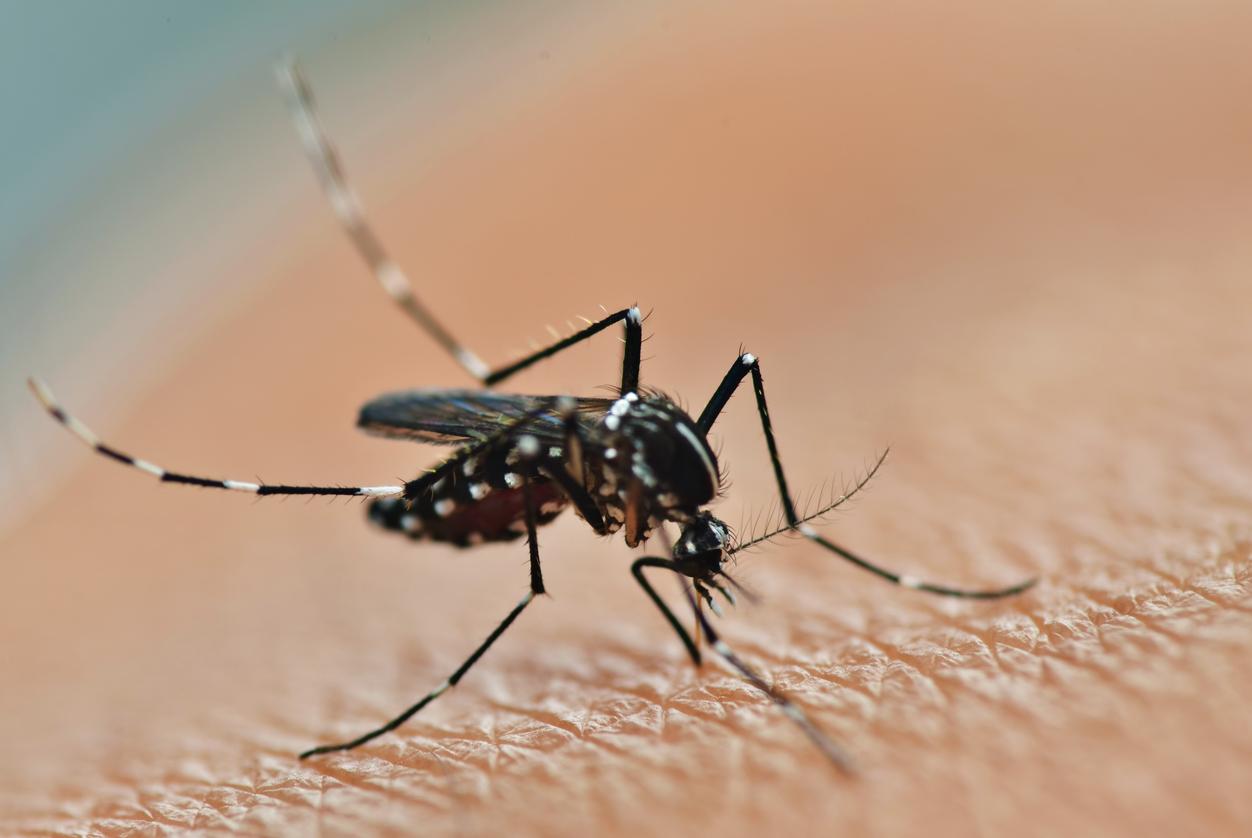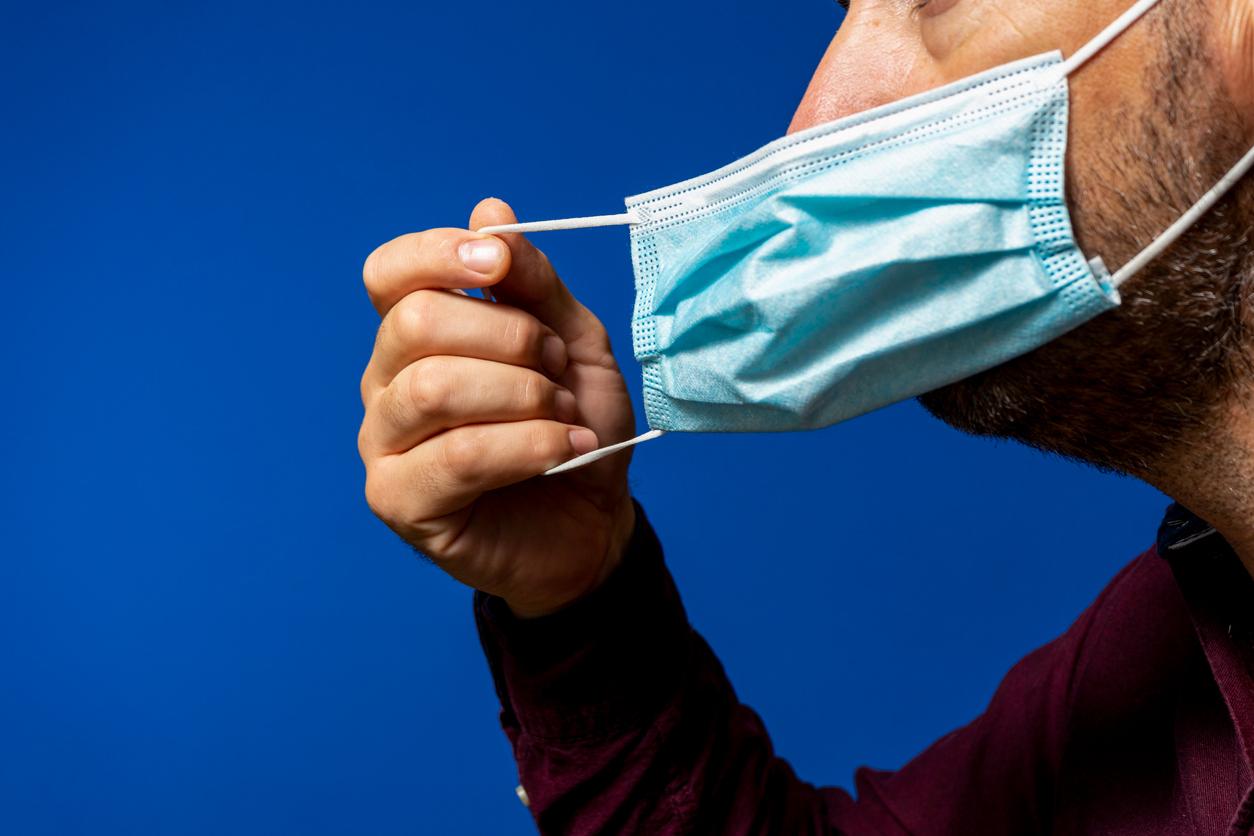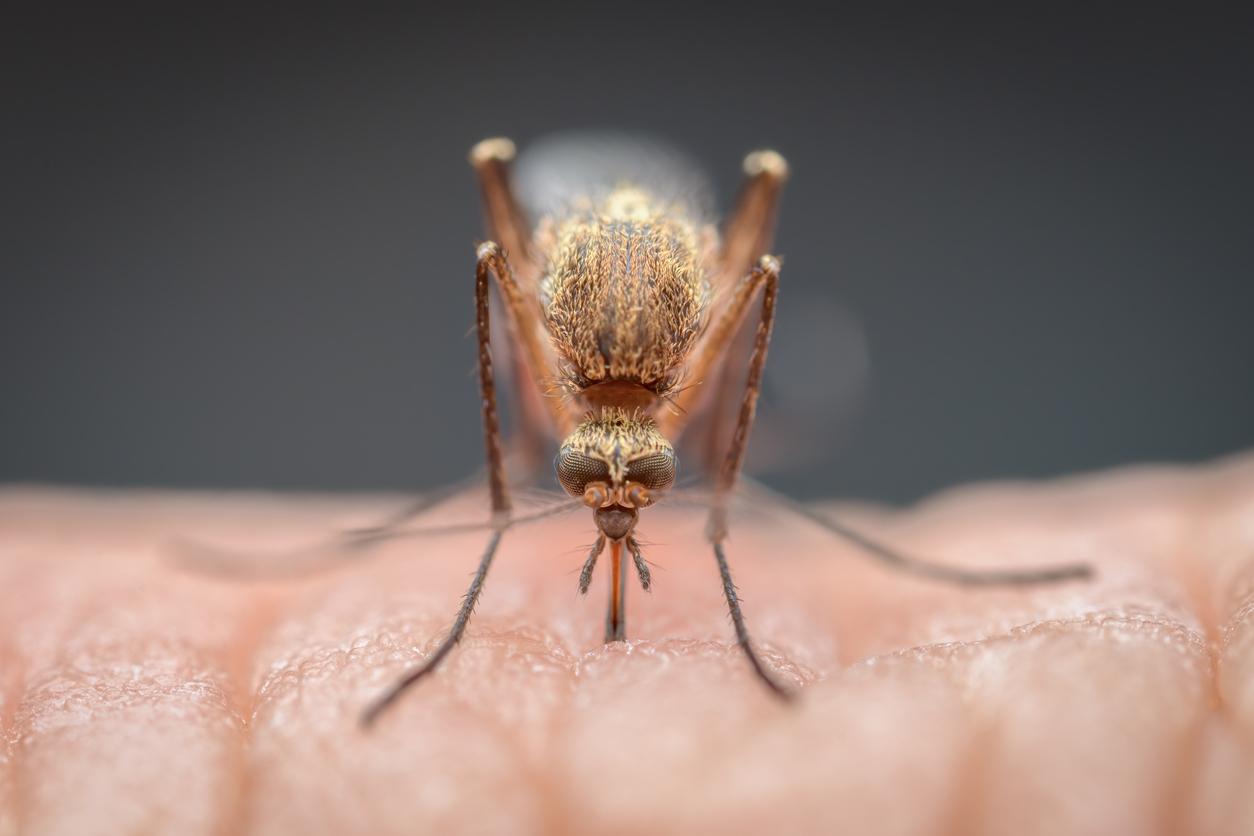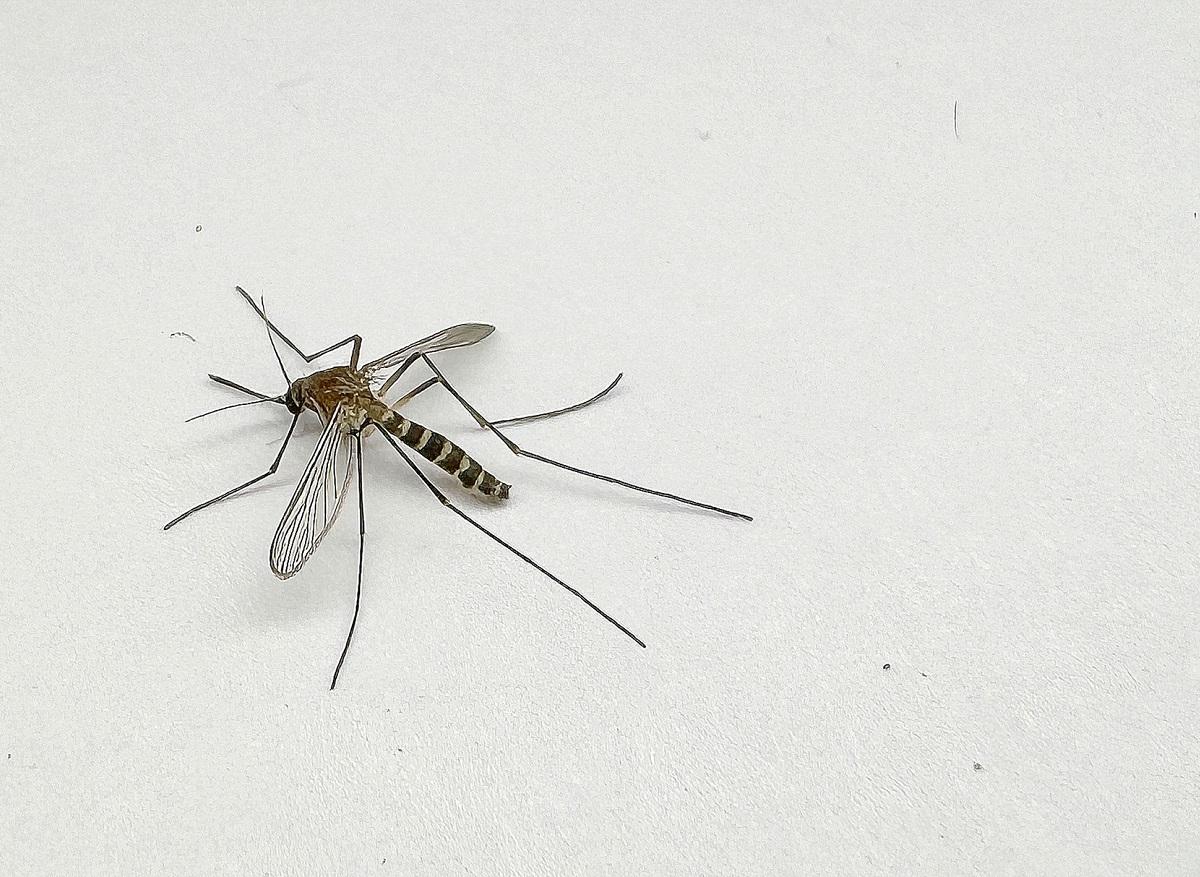In Asia, the Philippines announced on Monday a second case of contamination by the MERS-CoV virus, diagnosed in a foreign national returning from Saudi Arabia.

As South Korea enjoys a breather with no deaths and zero cases of Middle East Respiratory Syndrome (MERS) infection reported for six days, the threat is now reaching another country.
This is the Republic of the Philippines which announced on Monday a second case of contamination by the MERS-CoV virus, diagnosed in a foreign national returning from Saudi Arabia, the main focus of the epidemic since 2012.
According to information reported by Agence France Presse (AFP), the patient, a 36-year-old man whose nationality has not been disclosed, has been quarantined in a public establishment, announced the Minister of Philippine Health, Janette Garin.
Flight passengers wanted
“His condition is improving,” said Ms. Garin during a press conference, noting that the man had “a low viral load”. “There is no reason to panic,” she added.
In addition, as the man from the Wahhabi kingdom (via Dubai) fell ill on July 2, authorities in the Philippines are now looking for people who have been in contact with him, in particular the passengers on his flight.
As a reminder, it was a Filipino nurse returning, also from Saudi Arabia, in February who became the first person declared to be a carrier of MERS-CoV in this Southeast Asian country. She has since recovered.
This contamination did not, however, surprise the medical services of the Philippines, which had recently been on alert. The reasons ? The declaration of an epidemic in South Korea on May 20 which worries because of the presence in the country of 88,000 South Koreans.
Indeed, there, thirty-three people have died from the virus and 185 people have been infected since May 20, according to a recent report from the World Health Organization (WHO). And in Saudi Arabia, more than 950 people have been infected since 2012 and 412 have died.
To justify the magnitude of these figures, the Organization recalls that there is currently no vaccine against this virus, which has a mortality rate of around 35%.
.

















